Are you interested in the history and impact of religion? These are the top religion museums in Saxony:
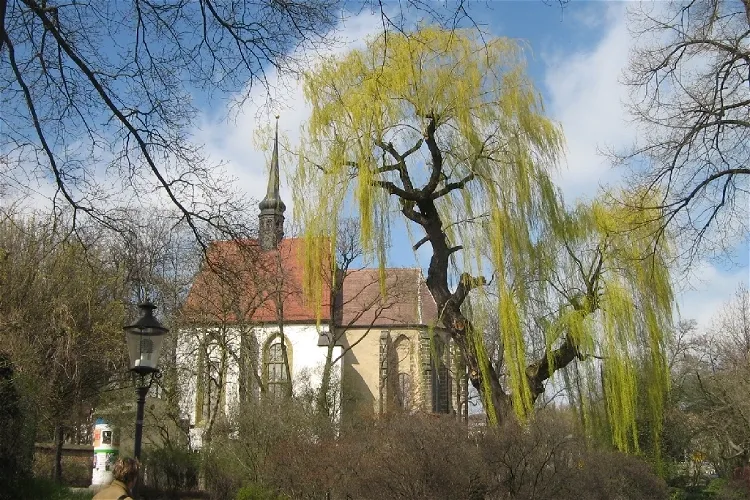
Museum Church of the Holy Cross
ZittauThe Church of the Holy Cross in Zittau, located in Saxony, is a secularized Gothic church. It is known for being the largest single-support room in Germany. The church now serves as a museum, where the Great Zittau Lenten Veil is exhibited. This historical artifact is a significant part of the museum's collection and is a major attraction for visitors.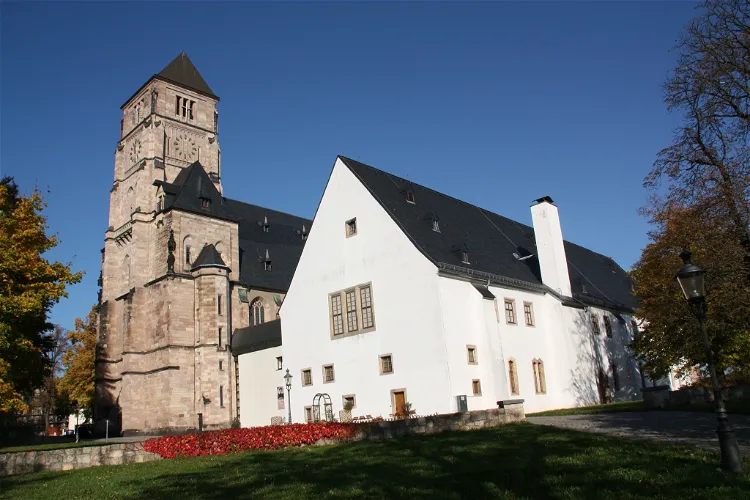
Schloßbergmuseum Chemnitz
ChemnitzThe Schloßbergmuseum is the city history museum of Chemnitz. It is situated in the Schloßchemnitz district on the grounds of an old Benedictine monastery. This location adds a historical charm to the museum, making it a unique place to learn about the city's history.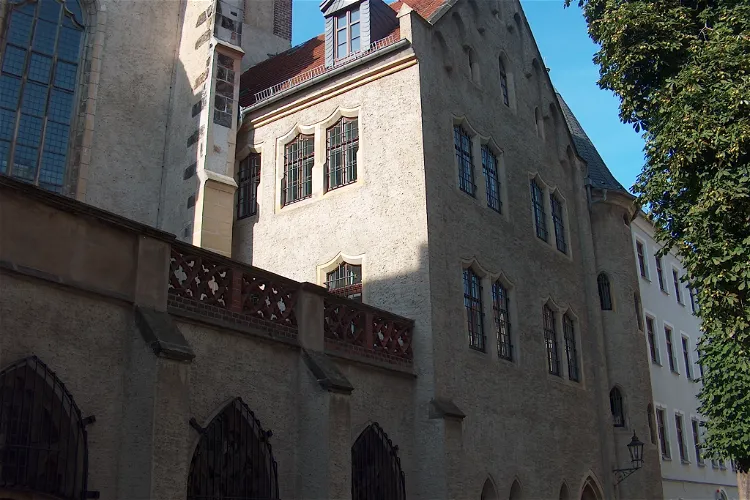
city museum meissen
MeissenThe City Museum Meissen is housed in the Neo-Gothic House, the cloister, and the former Church of St. Peter and Paul of the Franciscan Monastery at Heinrichsplatz in the old town of Meissen. These historic buildings not only provide a unique setting for the museum but also add to the overall experience of exploring the rich history and culture of Meissen.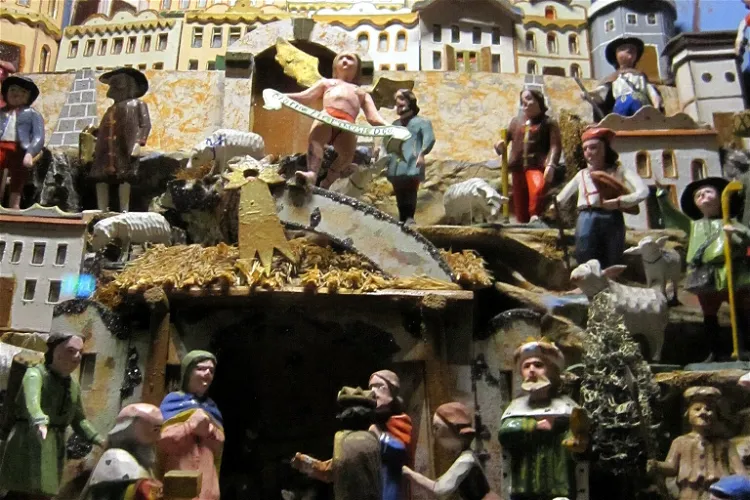
Weihnachtsberg
ZwönitzA Weihnachtsberg, also known as Winkel or Weihnachtswinkel in the Ore Mountains, is a mountain-like landscape replica that is set up inside the house during the Christmas season. This tradition involves decorating a corner of a room with a shelf-like wooden angle, on which the motif is built. The motifs displayed include nativity scenes, hunting and mining themes, as well as local topics.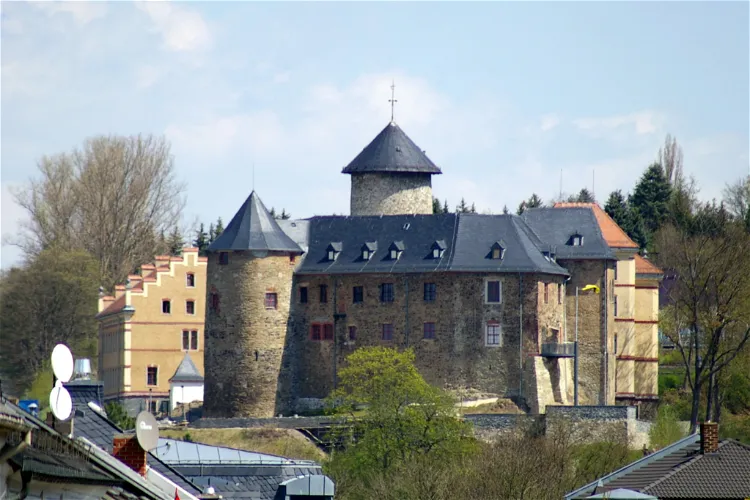
Schloß Voigtsberg
OelsnitzThe Voigtsberg Castle, which was later renamed Schloss Voigtsberg, is a typical high medieval castle. It was significantly damaged during the Thirty Years' War and was subsequently rebuilt into a castle. This transformation has given the structure a unique blend of architectural styles, making it a fascinating site for history and architecture enthusiasts.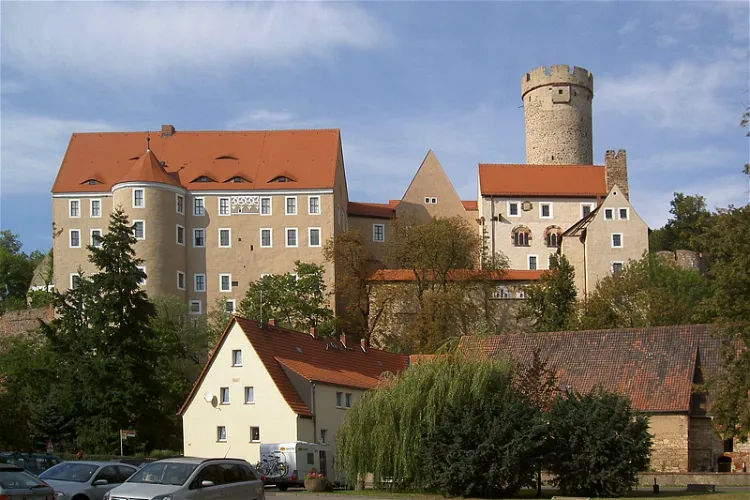
Gnandstein Castle
FrohburgBurg Gnandstein, situated above the Wyhra river in Gnandstein, a district of the city of Frohburg, in the Leipzig district in Saxony, is a significant historical site. It is recognized as Saxony's best-preserved Romanesque fortress, offering a unique glimpse into the region's past.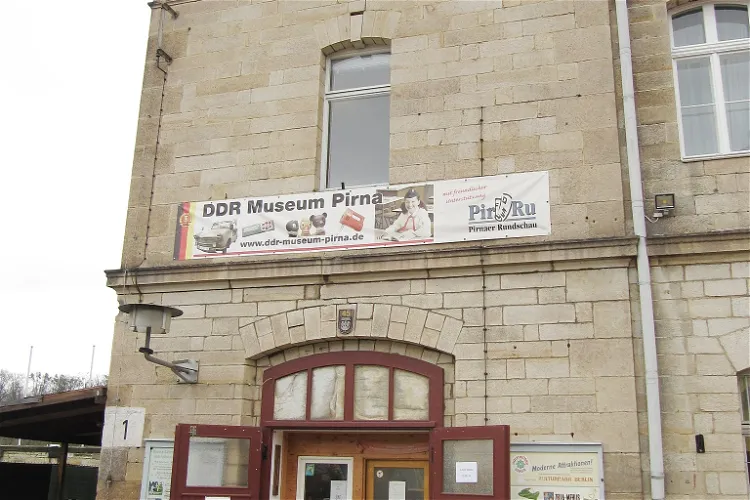
DDR Museum Pirna
PirnaThe DDR Museum Pirna is a privately run institution located in the district of Sächsische Schweiz-Osterzgebirge. It offers a unique opportunity to delve into the history and culture of the German Democratic Republic (DDR) era. The museum is situated in the city of Pirna, making it easily accessible for tourists visiting the region.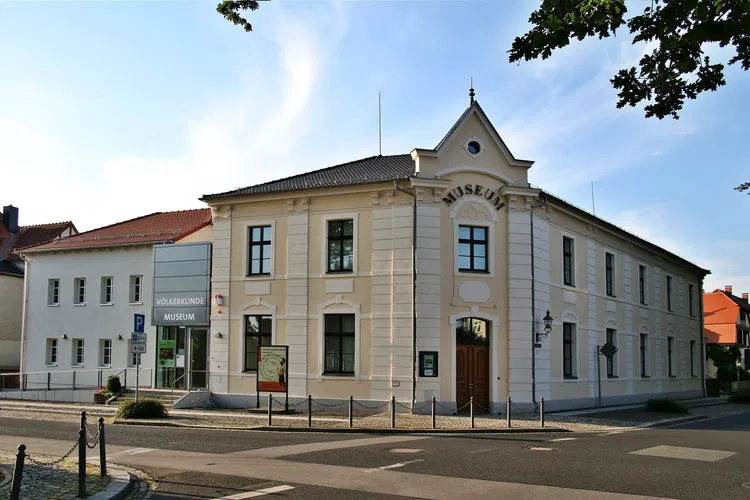
Völkerkundemuseum Herrnhut
HerrnhutThe Völkerkundemuseum Herrnhut, located in Herrnhut, Germany, is a significant part of the National Ethnographic Collections of Saxony. This museum offers a unique intersection of ethnography and mission history, providing visitors with a rich understanding of various cultures and historical periods.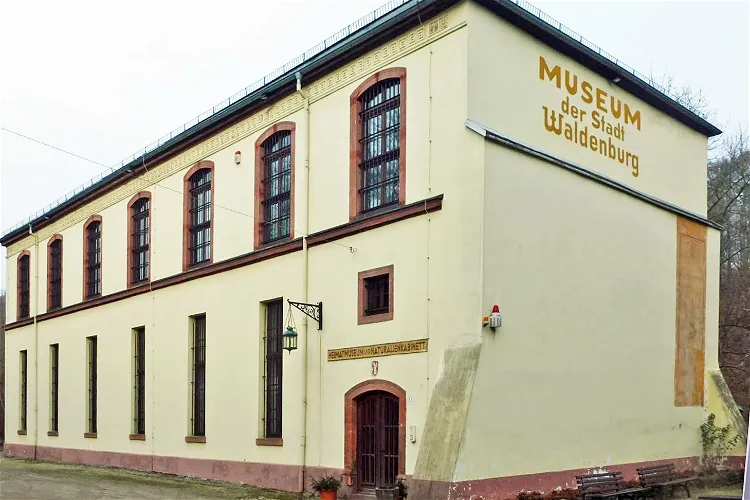
Museum - Natural History Collection Waldenburg
WaldenburgThe Museum – Naturalienkabinett in Waldenburg (Saxony) is home to the Naturalienkabinett of the Princes of Schönburg-Waldenburg. This collection has been housed in the outdoor area of Waldenburg Castle since the 1840s, making it a significant part of the region's history.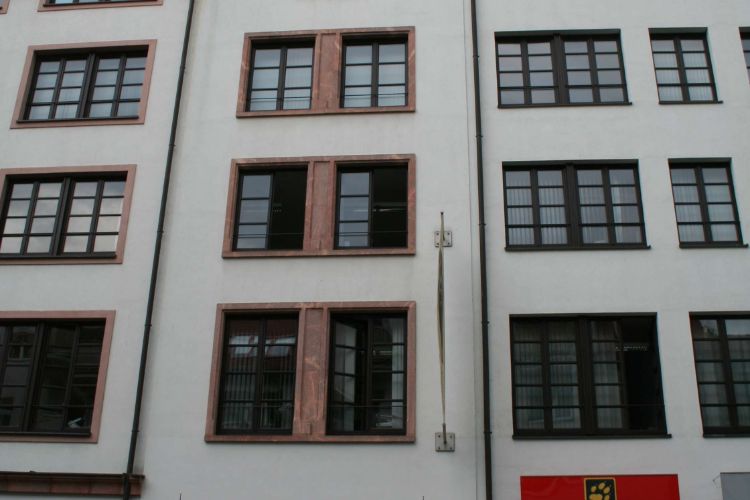
Egyptian Museum of the University of Leipzig
LeipzigThe Egyptian Museum of the University of Leipzig (Ägyptisches Museum der Universität Leipzig) is a museum in Leipzig that holds a collection of approximately 7,000 finds from several millennia, from the Paleolithic and pre-dynastic cultures of Egypt throughout all periods of Pharaonic Egypt (early E
Frankenhausen Abbey
CrimmitschauThe Abbey of Frankenhausen is a historical site located in Frankenhausen, a district of Crimmitschau, Germany. This former Cistercian abbey holds a significant place in the history of the region. It was given to the Cistercian nuns in 1278 and was fully moved to this location by 1292. The abbey was rebuilt after a fire in 1410 and was secularized following the Protestant Reformation in 1529. It was finally evacuated in 1543.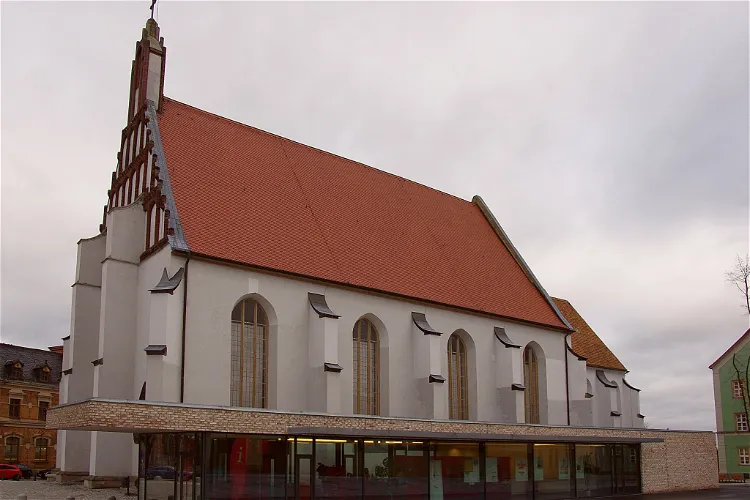
Klosterkirche und Sakralmuseum St. Annen
KamenzSince August 2011, the Klosterkirche St. Annen has been serving multiple purposes. It is not only a place for ecclesiastical activities and concerts but also houses the Klosterkirche und Sakralmuseum St. Annen. This museum showcases sacred works of art from the Kamenz churches, offering visitors a chance to appreciate the religious artistry of the region.
Domschatzkammer Bautzen
BautzenThe Domstift, or Tachantstwo in Upper Sorbian, is a significant historical site in Bautzen, Saxony. This horseshoe-shaped baroque building complex, which served as the bishop's office and residence of the Diocese of Meissen until 1980, is now used as an archive, library, and treasury of St. Peter's Cathedral in Bautzen. Visitors can explore the rich history of the region and the church through the various functions of the building.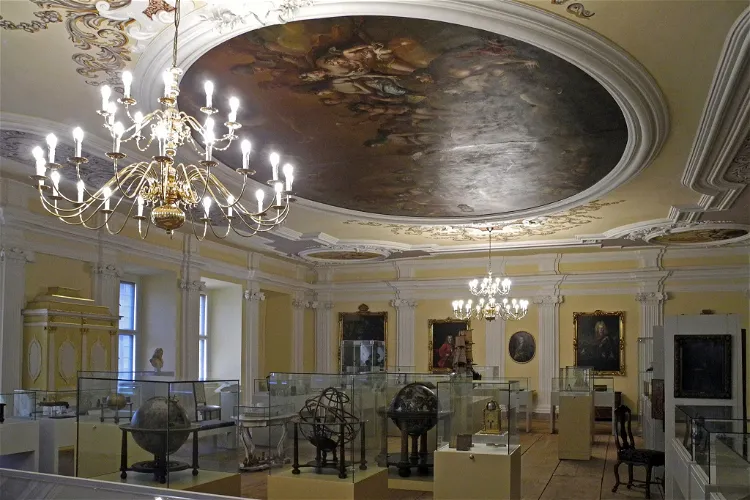
Kulturhistorisches Museum Franziskanerkloster
ZittauThe Kulturhistorisches Museum was founded in 1854, making it the oldest city museum in Saxony. This long history is reflected in the museum's extensive collection, which includes a wide range of historical artifacts and works of art. The museum's history can be traced back to 1709 when the Zittau City Library was expanded with a new, publicly accessible reading room, the so-called Baroque Hall, which is still used for museum purposes today.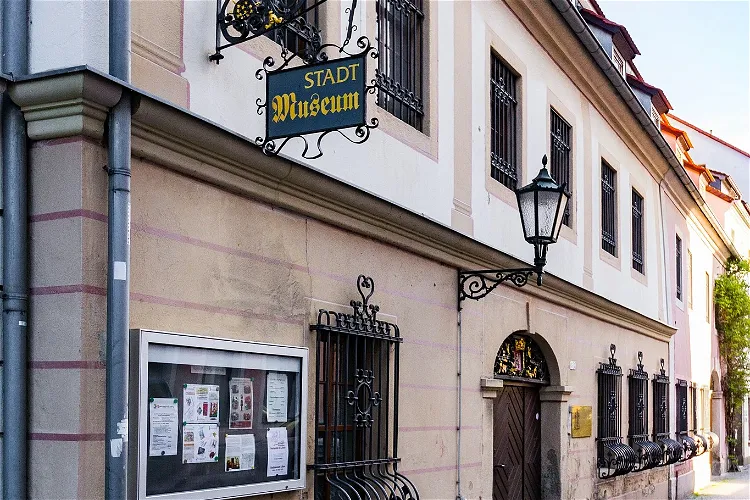
Stadtmuseum Löbau
LöbauThe Stadtmuseum Löbau, established in 1894, is a repository of cultural-historical and natural history objects. The collection spans a wide range of fields, including prehistory around the Löbauer Berg, sacred art, city history, history of the Six Cities League, folklore, crafts, trade and industry, (Upper Lusatian) furniture, and works of fine art. This diverse collection provides a comprehensive insight into the rich history and culture of the region.